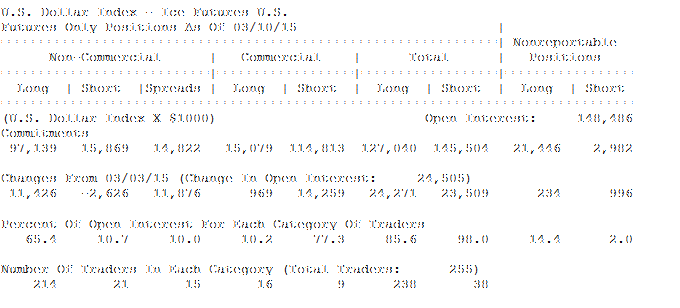Record ETF Flows Persist Amid Warning ’15 Will Hurt Muni Credit Bloomberg Business
Post on: 15 Октябрь, 2015 No Comment

(Bloomberg) — Investors are pouring a record amount of money into exchange-traded funds that focus on municipal debt even as the consensus on Wall Street calls for higher interest rates in coming months.
Individuals this year have added about $1 billion to ETFs that purchase state and local bonds, the fastest annual start since the funds started in 2007, according to data compiled by Bloomberg. The investment tools, which typically track indexes and can be bought and sold during the trading day, have taken on a growing role for muni investors, almost doubling in assets since 2010.
With local-government finances improving five years after the recession and the top federal income-tax rates the highest since 2000, investors are increasingly turning to ETFs as a way into the tax-exempt market. The 2015 inflow underscores that investors aren’t shying away from munis in the face of projections that the Federal Reserve will lift its benchmark interest rate from near zero, where it’s been since 2008.
They “have heard this cry-wolf call for so long,” said Vikram Rai, a municipal analyst at Citigroup Inc. in New York. “They’ve become a little jaded towards it.”
2014 Lure
The $3.5 trillion municipal market is coming off its strongest year since 2011, after posting a 9.8 percent return in 2014, according to Bank of America Merrill Lynch data. That performance may be luring investors, said Tom Doe, president of Concord, Massachusetts-based Municipal Market Analytics.
“Individual investors who predominately use the ETFs through their registered investment advisers are chasing last year’s phenomenal returns,” Doe said.
Munis may not repeat their 2014 earnings as states and localities increase borrowings with interest rates close to 50-year lows, Doe said. Municipal securities have gained about 0.5 percent in 2015, the worst start to a year since 2011, according to Bank of America data.
About a third of the added cash has flowed into the largest muni ETF, the $4.5 billion iShares National AMT-Free Muni Bond ETF, known as MUB. The ETF traded Thursday at about $109.90 per share, close to the lowest since December.
Issuance Swing
Issuers from Washington to New York sold $62 billion of fixed-rate, long-term debt in the first two months of the year, almost double the $32.1 billion tally for the same period in 2014.
Bond investors face another headwind as a growing economy spurs bets that the Fed will increase its target rate as soon as July, according to the median forecast of 39 analysts surveyed by Bloomberg.
Treasury yields may head higher too. Interest rates on 30-year federal debt will probably reach 3.38 percent in the first quarter of 2016, from about 2.7 percent now, a separate poll shows.
That shift in yields may reverse ETF inflows, said Bart Mosley, co-president of Trident Municipal Research in New York. Investors may pull money from muni ETFs depending on how high interest rates rise, he said.
“As soon as they start to see last year’s gains get challenged, people will become a lot more cautious on bonds fairly quickly,” Mosley said.
A reversal may not diminish the role of ETFs in the tax-exempt market.
Investors held $13.4 billion in muni ETFs as of Sept. 30, up from $7.6 billion at the end of 2010, according to Fed data. In comparison, muni mutual fund assets climbed about 23 percent in that period, to $645 billion.
“It’s hard to source bonds,” Citigroup’s Rai said. “So this is a quick way of investing your money into munis.”
To contact the reporter on this story: Michelle Kaske in New York at mkaske@bloomberg.net
To contact the editors responsible for this story: Stephen Merelman at smerelman@bloomberg.net Mark Tannenbaum, Mark Schoifet














